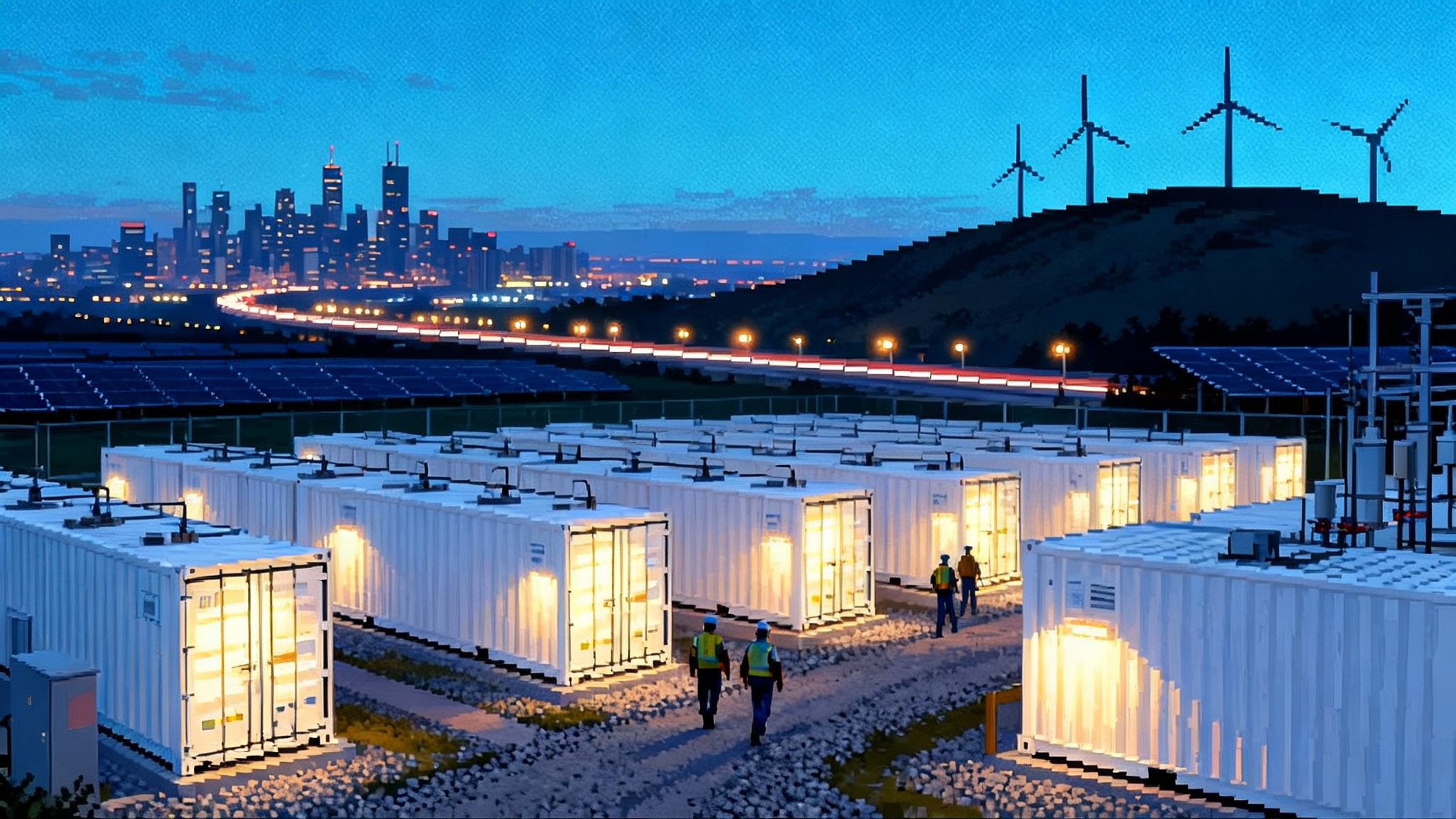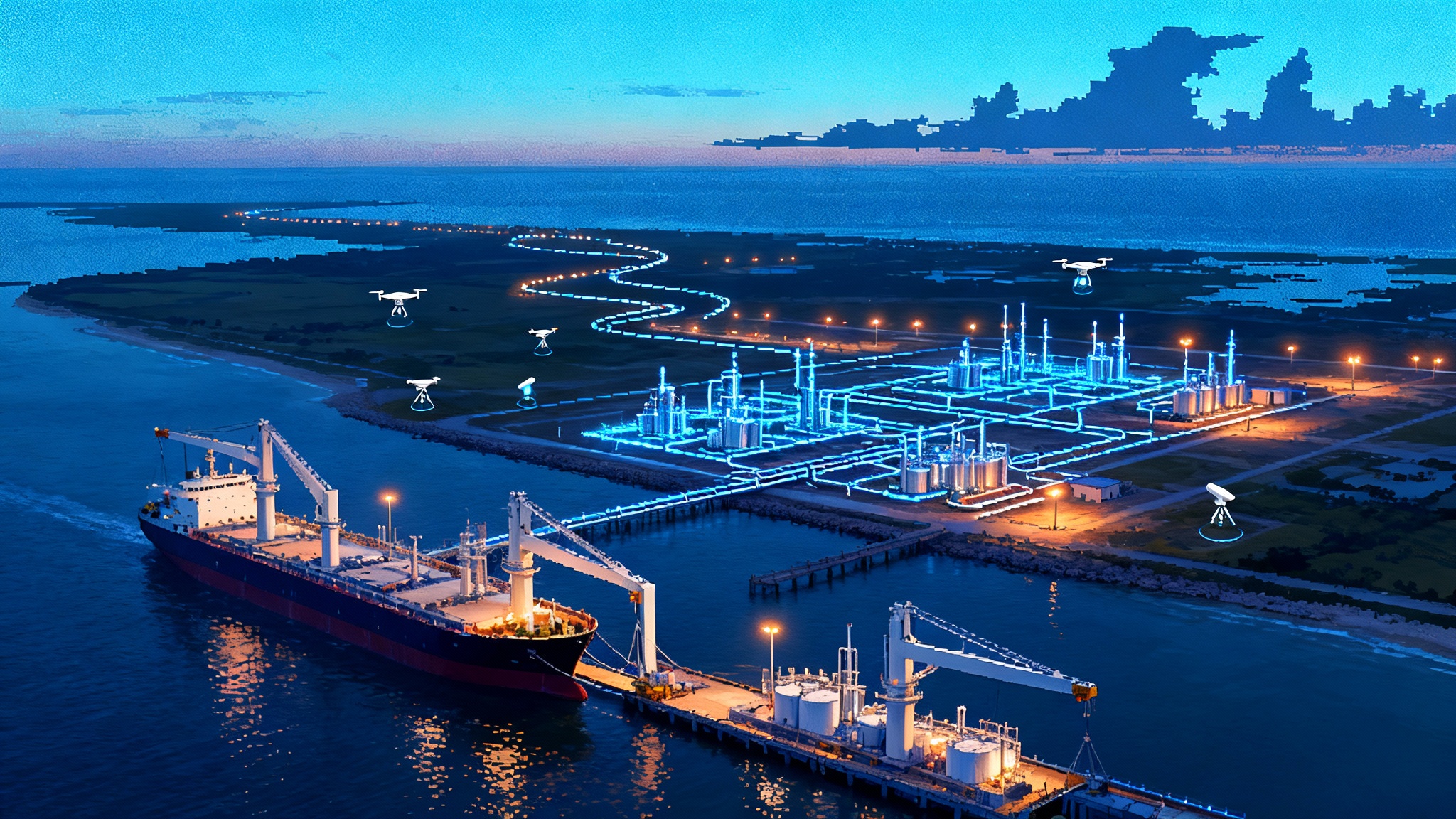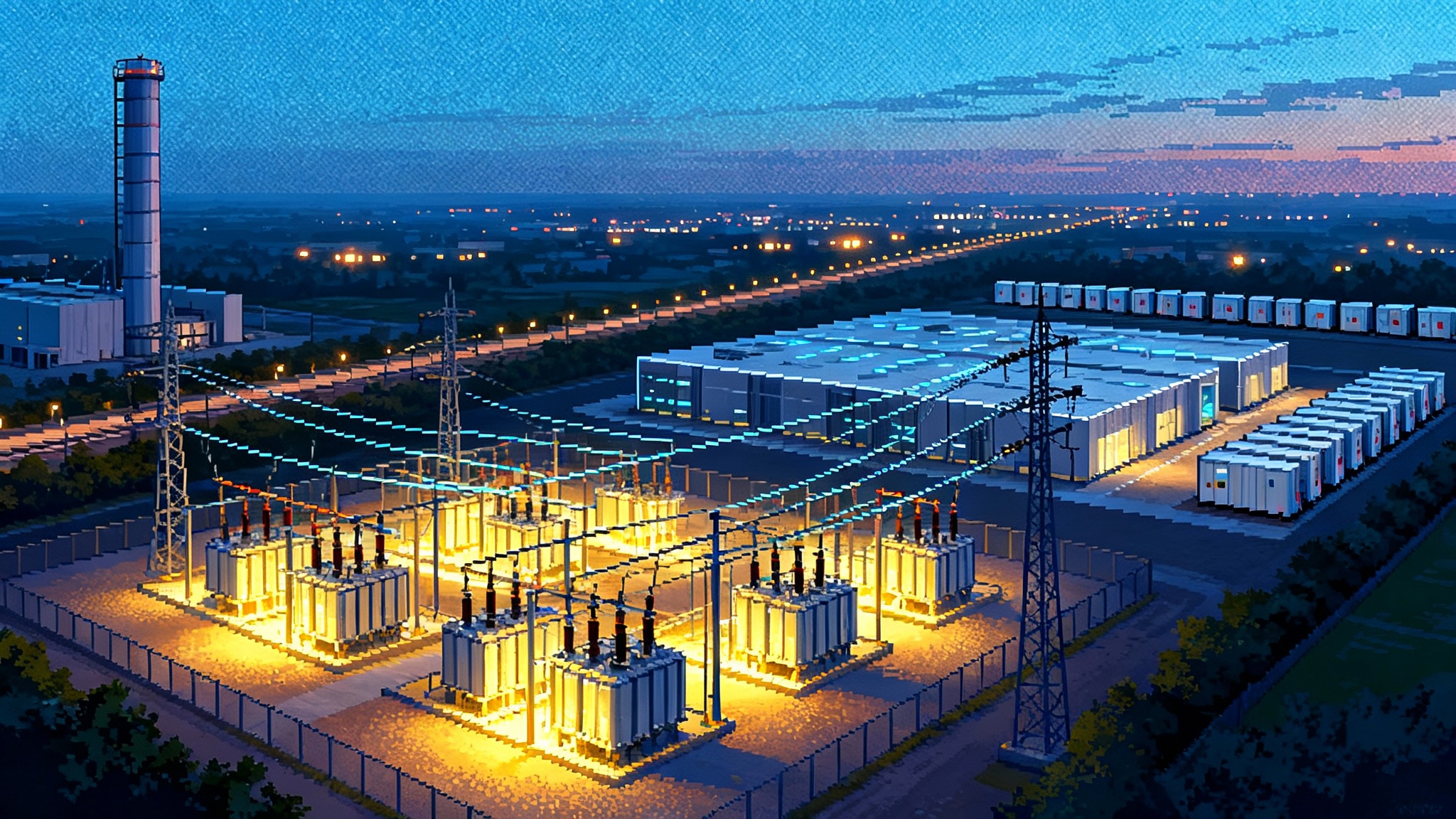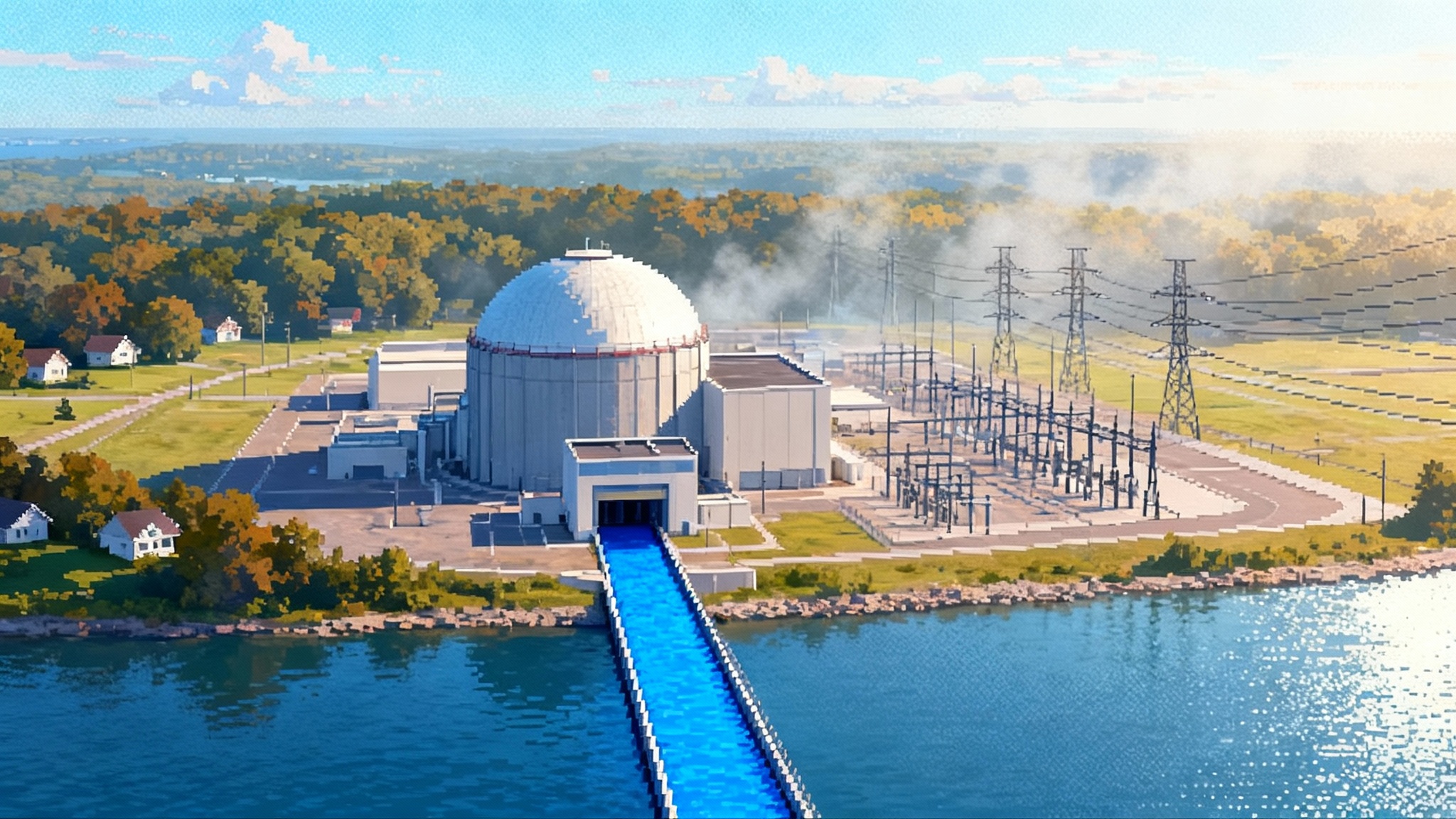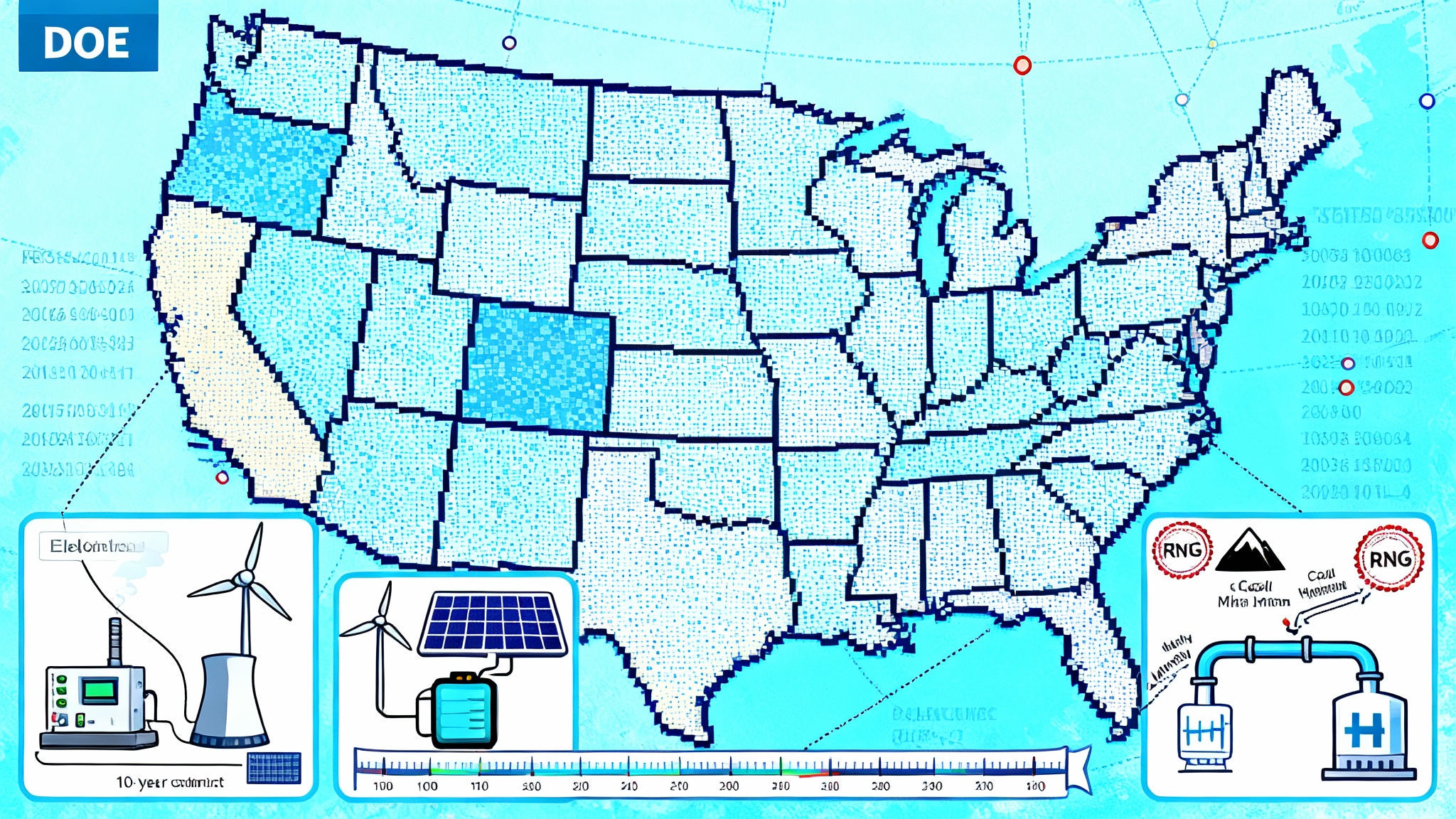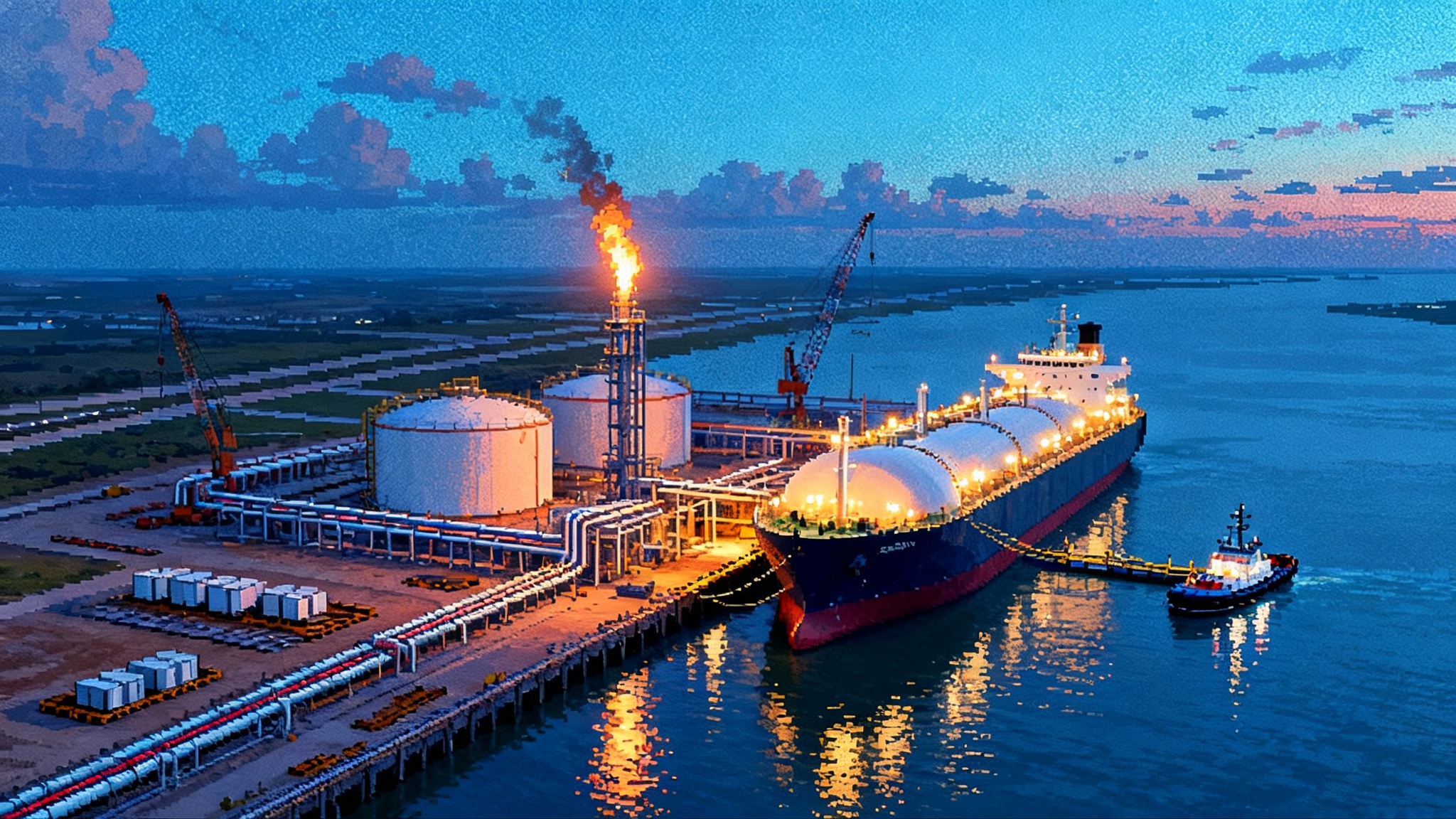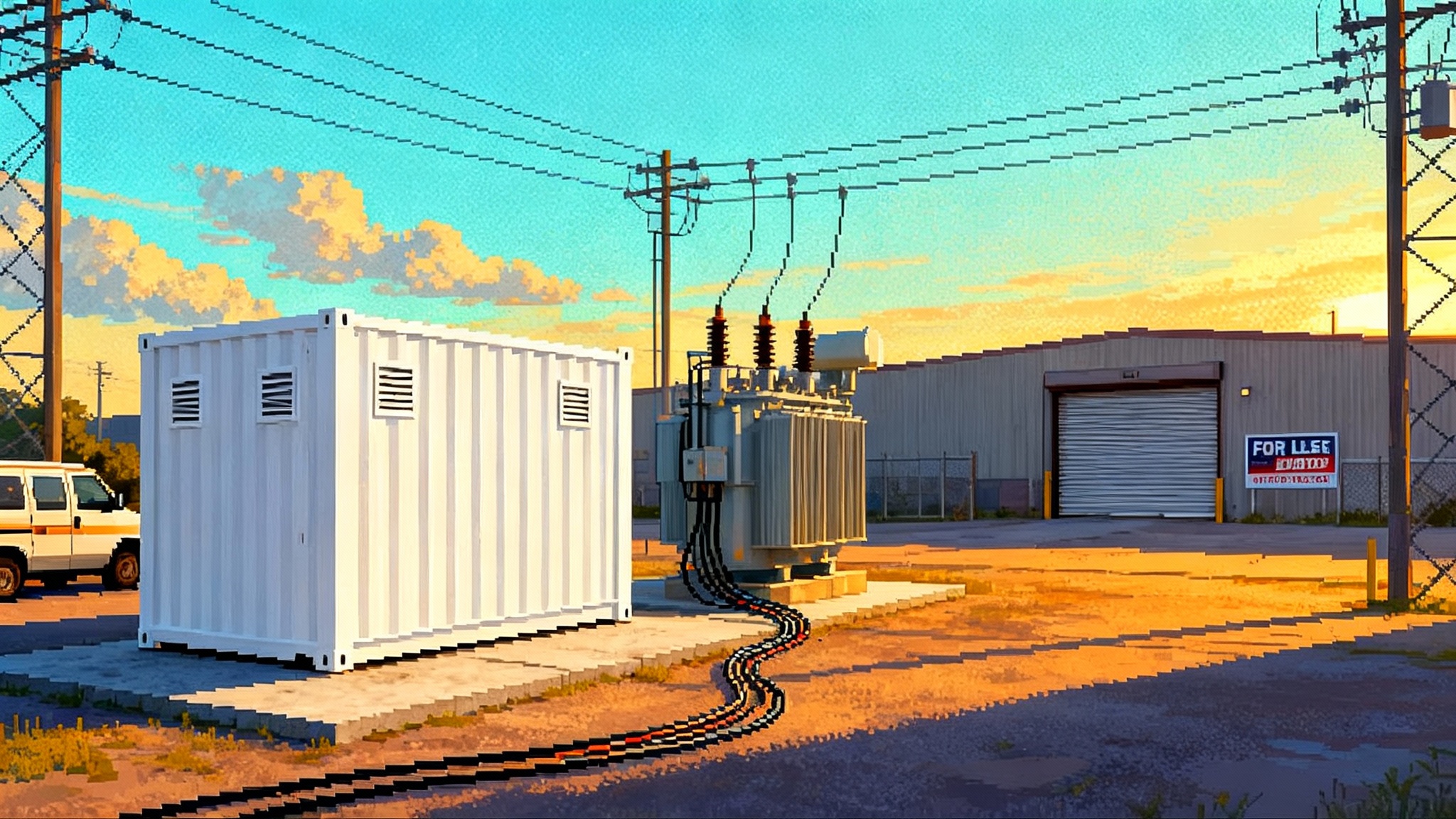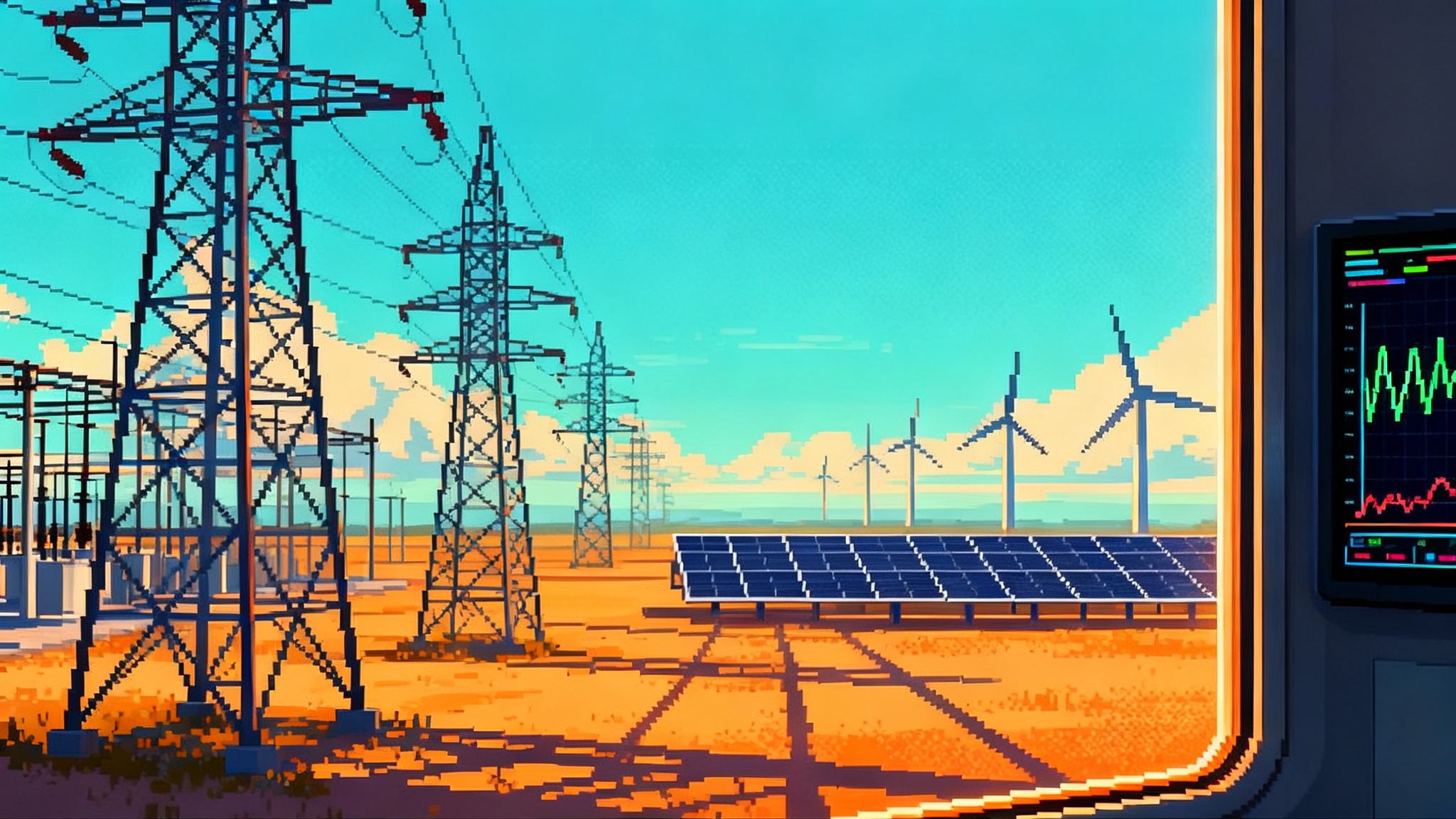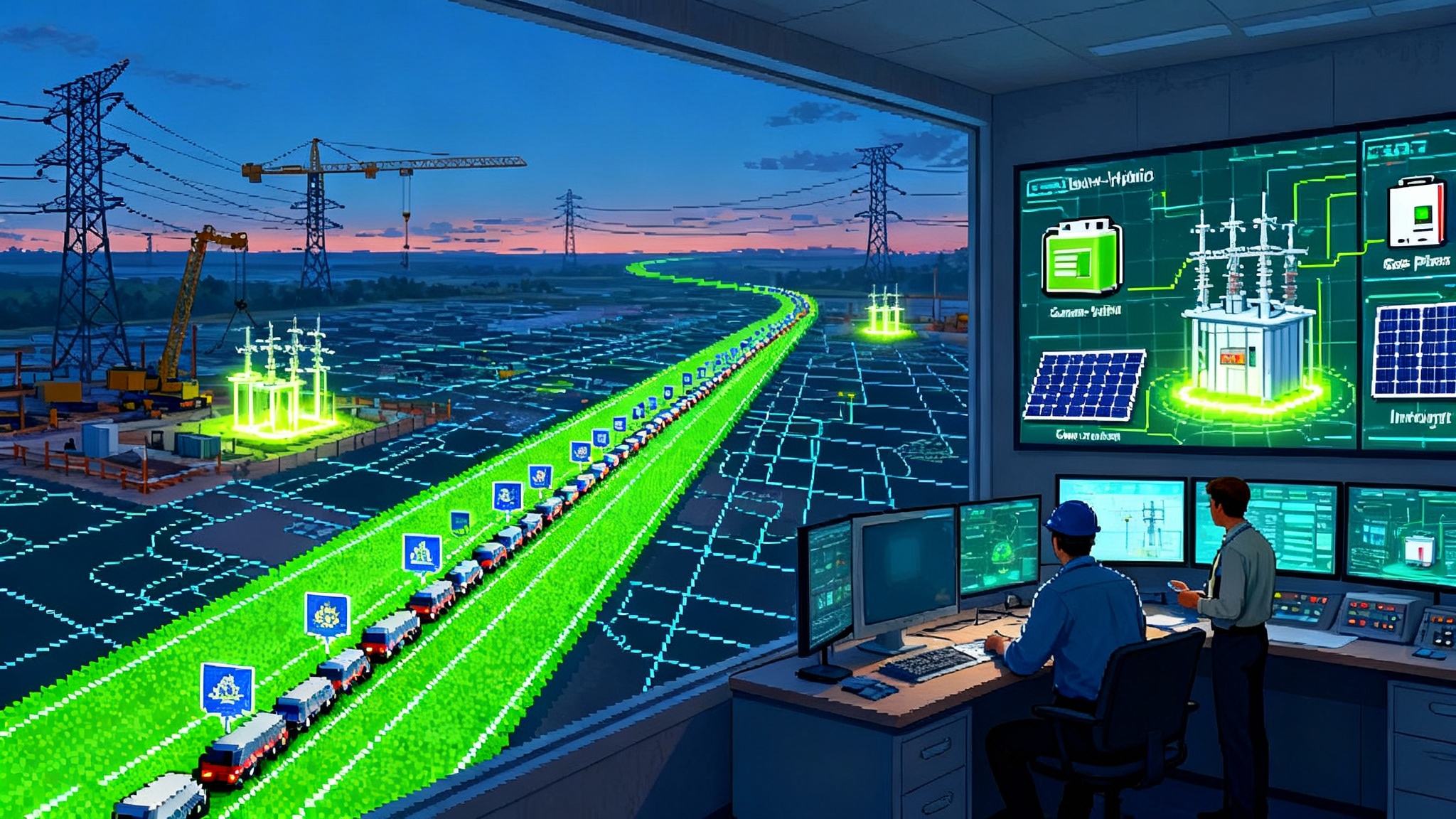America’s 2025 Solar Tariff Shock and the Supply Chain Reset
New antidumping and countervailing duty orders on Southeast Asian solar imports took effect on June 24, 2025, and an August 29 vote opened probes into India, Indonesia, and Laos. Here is how prices, supply, and U.S. factory ramps will move next, plus the procurement plays that keep projects on schedule.
What just happened, and why it matters
On April 21, 2025, the U.S. Department of Commerce issued final determinations in the antidumping and countervailing duty investigations of crystalline silicon photovoltaic cells and modules from Cambodia, Malaysia, Thailand, and Vietnam. The agency concluded that these products were dumped and subsidized, including findings related to transnational subsidies. See the government’s summary: Commerce final determinations.
The International Trade Commission delivered its final injury finding on May 20, 2025, determining that a U.S. industry was materially injured or threatened with injury. That cleared the way for Commerce to issue the orders that took effect on June 24, 2025. From that date forward, imports of covered cells and modules from the four Southeast Asian countries require cash deposits at company-specific rates and are subject to final duty assessments.
On August 29, 2025, the International Trade Commission voted to continue preliminary investigations into imports of cells and modules from India, Indonesia, and Laos. That vote signals that the U.S. government will examine whether similar trade remedies should apply to products from those countries. See the notice: USITC vote to continue.
For developers, utilities, and manufacturers, this is not a narrow trade spat. It is a multi-year supply chain reset that changes who ships, who builds, and how procurement needs to work if projects are to stay on time and on budget. Storage will also play a larger role in schedule and revenue risk management; see how grid batteries as peakers are reshaping capacity planning.
Near-term module pricing and availability
Think of the U.S. market in two buckets for the next three quarters.
-
Imports covered by the new orders from Cambodia, Malaysia, Thailand, and Vietnam. These face cash deposit requirements and more documentation at the border. Even where a supplier’s final rate is moderate, customs clearance slows as importers match entry paperwork to the correct producer and bill of materials. In July and early August many buyers saw short pauses in deliveries as vendors reworked certificates of origin and supply chain affidavits. That administrative friction is already easing, but it has a cost. Expect delivered duty-paid prices for affected modules to reflect an additional two to four cents per watt in the second half of 2025, varying by producer, technology, and contract terms.
-
Modules produced in the United States, or assembled in the United States with imported cells. These have become the swing supply. Assemblers that rely on imported cells can still face volatility if their cell source is in the four countries covered by the orders. U.S.-assembled but foreign-cell modules are generally quoted a few cents above imported modules due to domestic labor and overhead. Fully domestic thin film or crystalline modules that qualify for the domestic content bonus are typically quoted higher still, but offer schedule certainty and can add ten percent tax credit value when paired with qualifying projects.
Add a third, emerging bucket for 2026 bids. Imports from India, Indonesia, and Laos are not currently under orders, but the August 29 vote means there is investigation risk. If you are counting on those origins to bridge your 2026 portfolio, assume a premium for risk and add time for customs clearance.
Bottom line for 2025 and early 2026:
- Utility-scale delivered prices for mainstream P-type and N-type crystalline modules should trade in a band a few cents higher than spring 2025 as cash deposits, compliance work, and re-routing add cost. Suppliers with lower final rates or diversified origins will price more aggressively to gain share.
- U.S.-assembled modules using imported cells will clear at a modest premium to reflect domestic labor and balance of line, with quotes widening based on whether the cell origin is exposed to the new orders.
- Fully domestic modules, including thin film, retain a schedule premium and a tax credit advantage where the domestic content bonus is achievable. These often carry longer lead times due to strong bookings.
Who ramps fastest in the United States
Think of factory ramps like highway on-ramps. Some already have traffic merging at speed, others are still laying asphalt.
- First Solar. The company’s thin film footprint in Ohio and Alabama gives it the clearest near-term growth path. Most output is sold forward, but incremental debottlenecking and the occasional long-term offtake opening make First Solar a reliable schedule anchor for large-scale buyers that can accept thin film specifications.
- Qcells. Hanwha’s integrated complex in Georgia is the closest thing the U.S. has to a full-stack crystalline supply chain. Dalton has expanded module lines, and Cartersville brings ingot, wafer, cell, and module capacity online through 2025. When fully stable, Qcells can ship integrated product less exposed to foreign cell risk and can help buyers hit domestic content thresholds on qualifying projects.
- Established U.S. module assemblers. JA Solar in Arizona, Canadian Solar in Texas, Jinko in Florida, Mission Solar in Texas, Silfab in Washington and South Carolina, and Heliene in Minnesota and Florida are expanding or stabilizing lines. They are the fastest way to turn imported cells into delivered modules with predictable schedules, especially for distributed generation and community-scale projects.
- New utility-scale lines from global brands. Several international manufacturers are standing up five‑gigawatt‑class module factories in the U.S. Midwest and South. As those lines pass yield milestones, expect a broader menu of U.S.-made module options in 2026 bids.
Taken together, the domestic module base will be much deeper in 2026 than it was even a year ago. The tight link remains the cell and wafer stages.
The missing middle: cells, wafers, glass, and polysilicon
- Cells. The U.S. cell comeback is real but staged. Qcells’ Georgia cell output is the anchor. Suniva has restarted cell production in Georgia for distributed generation products. Maxeon is progressing on a new cell and module complex in New Mexico designed around high-efficiency architectures, with initial capacity targeted for the middle of the decade. Expect more cell announcements tied to developers seeking the domestic content bonus.
- Wafers. Wafers have been the weakest link for years. That begins to change in 2026 as announced ingot and wafer plants in Oklahoma and Georgia come online. Early volumes will go to affiliated customers under long-term contracts. Wafer supply will still be tight in 2026, but buyers will finally have a domestic option to combine with U.S. cell and module lines.
- Glass. Solar glass capacity is expanding in Ohio and the Midwest to supply both thin film and crystalline lines. Thin film leaders already co‑locate with dedicated glass partners. Crystalline producers are qualifying additional glass vendors, often converting float lines to produce solar‑grade coatings. Expect steady, not spectacular, growth in 2026 with more headroom in 2027 as new coating lines ramp.
- Polysilicon. The U.S. is not short on polysilicon. Between Tennessee and Michigan producers and the restart in Washington state, there is sufficient raw material to support a sizable domestic cell and wafer ecosystem. The constraint has been transforming that feedstock into wafers and cells at scale inside the United States. As wafer and cell lines come online, polysilicon moves from an export to a domestic input.
A realistic 2026 to 2027 buildout
It helps to plan with ranges instead of point guesses, and with a clear view of what could slip.
Conservative case for end of 2026
- Modules made in the United States: 40 to 50 gigawatts of annual capacity, with utilization varying by technology and demand. Utility-scale buyers will have at least six Tier 1 suppliers shipping from U.S. plants at commercial yields.
- Cells made in the United States: 10 to 15 gigawatts of annual capacity actually producing at scale, led by Georgia, with initial volumes from New Mexico and additional Southeastern lines. Early capacity is mostly tied to captive module plants.
- Wafers made in the United States: about 5 gigawatts of commercial output, largely from the first wave of new ingot and wafer facilities dedicated to a small set of anchor customers.
- Solar glass made in the United States: multiple coating lines feeding thin film and crystalline, enough to serve most domestic production but not yet immune to outages.
- Polysilicon: ample, with more of it staying in the country as cells and wafers localize.
Accelerated case for end of 2027
- Modules made in the United States: 55 to 65 gigawatts of capacity, assuming second-wave lines in the Midwest and South complete commissioning and demand holds.
- Cells made in the United States: 18 to 22 gigawatts, assuming the first wave stabilizes and a second wave of expansions, including Texas projects, achieves yield on time.
- Wafers made in the United States: 8 to 12 gigawatts, contingent on successful ramp of Oklahoma and Georgia facilities and at least one additional site.
- Glass: a dozen or more solar‑grade coating lines, plus incremental float conversions, giving the market multiple qualified sources.
- Polysilicon: still not the bottleneck.
What could slip these ranges
- Policy. Changes to manufacturing tax credits or foreign entity of concern rules could alter the economics of certain ownership structures and supply deals. If Treasury guidance reduces eligibility for some producers, utilization may dip temporarily.
- Trade. If final determinations extend to India, Indonesia, and Laos with high rates, the import workarounds many assemblers depend on would shrink. That amplifies pressure on domestic cell output in 2026.
- Yield. First-time U.S. wafer and cell lines can take longer to stabilize than initial timelines suggest. Plan for phased acceptance rather than a single handover date.
Procurement plays that keep projects on schedule
- Lock bankable domestic allocations early. Treat U.S.-made capacity like an offtake. For 2026 in‑service dates, place framework agreements by the end of 2025 with at least two domestic suppliers. Insist on schedule-backed liquidated damages that match your utility or power purchase agreement milestones. Accept a slightly higher price in exchange for delivery guarantees.
- Diversify origins and technologies. Pair a domestic thin film tranche with a crystalline tranche to give your engineering team flexibility. Thin film can reduce tariff exposure and improve schedule certainty for a portion of the array, while crystalline fills the balance and supports rooftop or tracker configurations that require specific form factors.
- Specify the bill of materials, not just the wattage. For any product assembled outside the United States, require a named cell producer and origin at contract signature. Make delivery contingent on that origin or a preapproved alternate. This reduces the odds of a last-minute substitution to a higher duty or under‑investigation origin.
- Build an AD and CVD compliance checklist into logistics. On every purchase order, require the entry summary showing the correct producer identification and cash deposit computation. Use customs brokers that track case numbers daily and can generate entry packages that reflect the latest rates and producer-specific instructions. This reduces release delays by days, not hours.
- Use conditional pricing ladders. Write contracts that convert a portion of your volume to domestic assembled or domestic content qualified modules if a named import origin triggers preliminary duties. Price the ladder steps now so you are not negotiating in a panic later.
- Safe harbor smartly. If you are targeting the domestic content bonus, coordinate your safe harbor strategy with your module mix. A thin film allocation can help meet domestic content targets for the overall project even if a portion of crystalline is imported. Confirm with your tax counsel how your bill of materials will be documented at placed in service.
- Engineer for interchangeability. Ask your EPC to prepare a dual specification layout. That means the racking, foundation, harness lengths, and inverter loading can handle both your primary module and an alternate with slightly different dimensions and electrical characteristics. Paying a bit more in design now can save weeks if you need to switch products. For interconnection timelines, also consider how AI interconnection fast-tracking can compress queue risk.
- Get serious about traceability. For any imported crystalline product, require full supply chain traceability back to quartz ingot and polysilicon, with batch-level attestations. This is not only a forced labor compliance issue. It is also how you manage risk if the origin you rely on becomes subject to new measures before delivery.
- Hedge price and schedule with milestones, not just a fixed price. Tie progress payments to documented factory output milestones and shipping windows. Include a price reopen clause if a named trade event increases your landed cost beyond a set band, but cap the exposure and pair it with a right to substitute a domestic product under pre‑negotiated terms.
- Align finance early. Update your financial model with tariff and cash deposit scenarios and share that with lenders now. Many lenders will accept a higher module price if you can show stronger schedule certainty and domestic content eligibility, since both reduce completion and tax equity risks. FERC rules are evolving in parallel; brush up on FERC inverter ride-through rules that affect plant design and performance guarantees.
State-by-state hotspots to watch
- Georgia. The center of integrated crystalline manufacturing, from ingots to modules, with growing supplier ecosystems for racks, junction boxes, and glass.
- Ohio and Alabama. The thin film backbone, plus supplier parks that make glass, frames, and rail systems.
- Texas. Rapid growth in module assembly and component manufacturing, with strong logistics and proximity to load.
- Arizona and New Mexico. Southwest nodes for crystalline module and cell production that shorten transit to Western Interconnect projects.
- Oklahoma. Wafer production that begins to localize the upstream inputs for U.S. cell lines.
What to monitor next
- The Department of Commerce’s company-specific instructions. If administrative reviews adjust rates for major producers, landed prices will follow.
- The International Trade Commission’s timeline for India, Indonesia, and Laos. Preliminary determinations can shift sentiment even before any deposits are due.
- Treasury guidance on domestic content rules and foreign entity of concern definitions in 2026. Clarifications can unlock or limit bonus credit eligibility and influence sourcing.
- Factory acceptance reports from new U.S. wafer and cell lines. Once a line hits yield and uptime targets for sixty to ninety days, production schedules firm up and allocation opens.
The takeaway
Tariffs did not just raise a drawbridge. They redrew the map. In the near term, expect a modest step up in landed prices for the most exposed imports, a premium for schedule certainty on domestic products, and a lot more attention to paperwork. Over the next two years, the middle of the supply chain, cells and wafers, finally begins to re‑root in the United States. That does not happen overnight, and early production will be spoken for by anchor customers, but the trajectory is set.
The winners in 2026 and 2027 will not be those with the lowest headline price. They will be the teams that treat supply like a portfolio, mix domestic and imported options thoughtfully, align tax strategy with technology choice, and write contracts that let them pivot without losing time. The market is fragmenting, but it is also getting deeper. If you plan for both, you will land projects on schedule and keep the economics intact.
